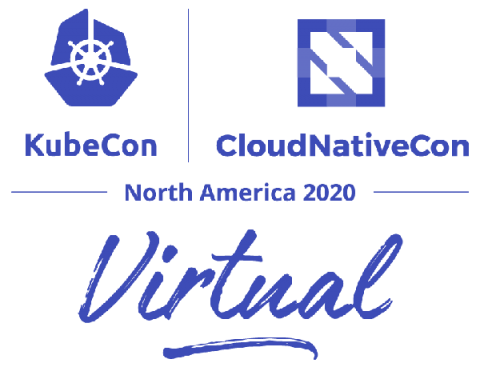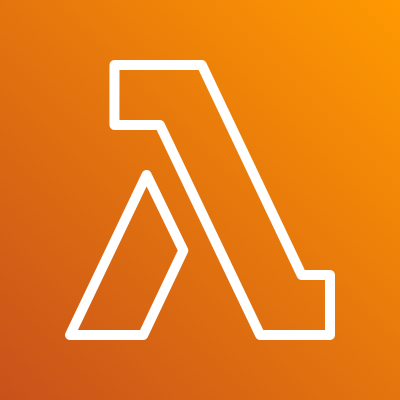2020: The Year Bee-hind Us
Hey, observability friends. I’m Shelby. I joined Honeycomb back in March. This year I’m carrying the torch of our annual tradition, looking back at the Year Bee-hind Us. Cue up the Auld Lang Syne. This wasn’t easy to write. Everyone at Honeycomb has been affected by the events of this year: the pandemic plus lockdown, school closures, complete life upheaval. We’ve witnessed or directly experienced racist injustice, social unrest, and state violence.









